Nestled amidst the towering peaks of the Himalayas, Tibet has long enchanted and mystified the world, and the rich tapestry of Tibetan artistry is a window into the soul of the land. The intricate thangka paintings, ornate mandalas, and vibrant sculptures are a reflection of the unique blend of spirituality, culture, and history of Tibet.
Here we’ll unravel the rich tapestry of Tibet’s artistic traditions to help you understand the visual odyssey sights that engulf visitors during their journey there.
What are the Main Art Forms in Tibet?
The rich traditions of Tibetan culture have given rise to a wide range of art forms, many of which are deeply rooted in Tibetan Buddhism. From Tibetan paintings to sculpture, Tibetan opera to architecture, the art forms of Tibet are a visual manifestation of the unique cultural heritage of the region.
Tibetan art often plays a role in religious and cultural festivals and ceremonies. Religious paintings, known as Thangkas, are the centerpiece of major festivals and serve as Buddhist teaching tools. Sculptures of Buddhist deities and historical figures are objects of veneration, and the intricate geometric designs of Mandalas are used as a form of meditation and spiritual practice.
In daily life, Tibetan artistic traditions can be seen in the architecture, woodworking, and metalwork of the buildings and objects in people’s lives. Tibetan artisans also display their attention to detail with their highly stylized calligraphy, intricate hand-woven carpets, and in the creation of ritual objects, such as masks and prayer wheels, used in religious ceremonies.
Thangka Painting - The Unique Painting Art From in Tibet
Thangka paintings are a distinctive form of Tibetan Buddhist art characterized by intricate scroll-like paintings that depict various aspects of Tibetan Buddhism, religious narratives, deities, and mandalas.
More than just decorative, thangkas serve as visual aids for meditation and religious instruction, helping practitioners visualize and understand complex Buddhist concepts. They are also used in rituals and ceremonies, and as offerings to temples and monasteries, making them an integral part of Tibetan religious life.
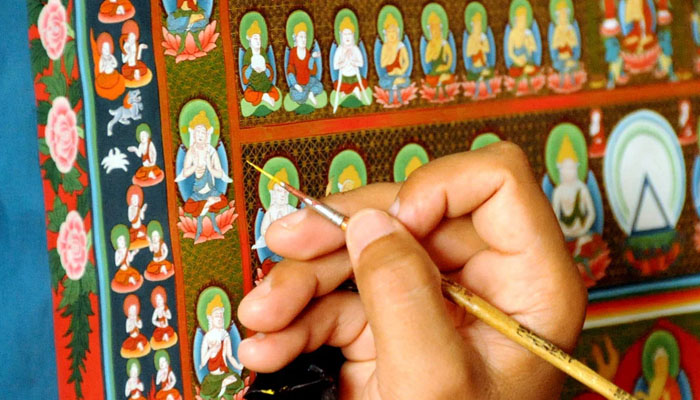 Thangka painting is a unique painting art from in Tibet.
Thangka painting is a unique painting art from in Tibet.Thangkas are traditionally painted on cotton or silk canvas, with mineral pigments made from natural materials like stones and minerals. The paintings are highly precise, artists use intricate brushwork to create detailed depictions of Buddhist-themed images. Each thangka tells a specific story of a historical event or life of a revered lama. Other paintings show representations of Buddha and bodhisattvas, or religious cosmology.
There are a few festivals where the unveiling of thangka paintings is an important part. The most significant is the Saga Dawa festival. Celebrated on the 15th day of the fourth month of the Tibetan lunar calendar, usually in May or June, the birth, enlightenment, and death of Buddha Shakyamuni is commemorated with festivities that include the unveiling of thangkas showing important scenes from his life.
Part of the rituals during Losar, then Tibetan New Year, also involve the exchange and unveiling of thangkas, and Tashilhunpo Monastery has a thangka unveiling festival that attracts pilgrims and visitors from all over Tibet.
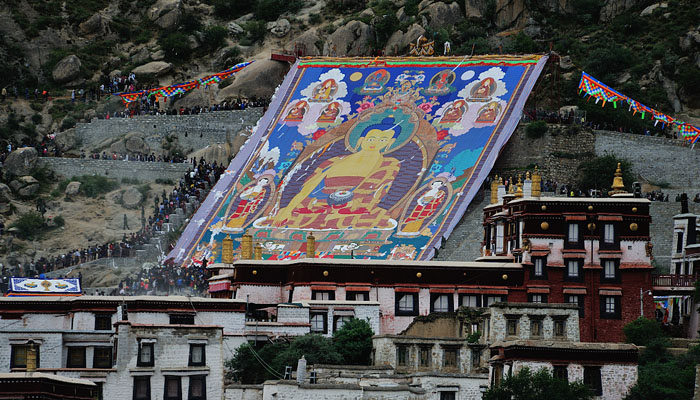 The unveiling of Thangka during the Saga Dawa Festival
The unveiling of Thangka during the Saga Dawa FestivalTibetan Stone Carving - Preserving Tibet's Rich Cultural Heritage
The durable nature of stone has led to Tibetan stone carving being an important way of preserving local cultural and religious heritage. These intricately carved stones convey stories, symbols, and religious teachings through artistry that has been passed down through generations.
In addition to scenes from Tibetan Buddhism, the stone carvings also depict scenes from Tibetan history as aspects of daily life. This has made them important historical records, and valuable cultural artifacts.
One of the most remarkable places to see Tibetan stone carvings is at Ritu Rock Carving Site. Located in Ngari prefecture in western Tibet, some of the carvings date back over a thousand years and depict Buddhist deities, religious symbols, and mantras.
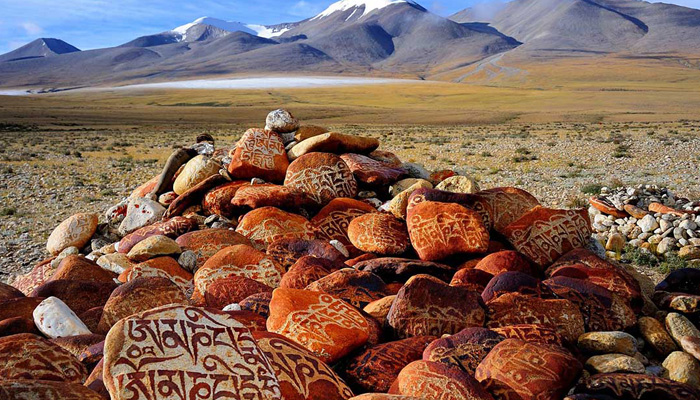 Tibetan stone carving is an important way of preserving local cultural and religious heritage.
Tibetan stone carving is an important way of preserving local cultural and religious heritage.In eastern Tibet, there is the Yao Shan Wang Rock Carving Site. The renowned collection of stone carvings here sheds light on the evolution of Tibetan Buddhism in the region with their depictions of religious scenes and Tibetan Buddhist deities.
In Northern Tibet, Zaxi Cave is considered one of the most extensive and artistically significant rock carving sites in Tibet. Here you can see carvings encompassing Buddhist iconography, animals, nomadic life, and historical events.
Tibetan Murals - Narratives on Walls of Tibetan Monasteries
The walls of monasteries, temples, and other religious structures throughout Tibet are adorned with intricate mural paintings. Going beyond merely contributing to the spiritual ambiance of religious spaces, the murals serve an important purpose in spiritual teaching and practices.
By following strict iconographic guidelines, religious narratives are accurately preserved from generation to generation. The murals are visual aids in spiritual education, each color, gesture, and object depicted carries profound meaning, and is meticulously detailed in accordance with Buddhist traditions.
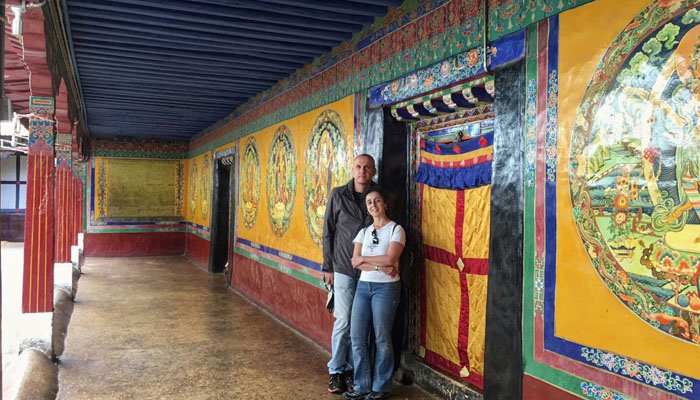 Photo with Tibetan murals in Jokhang Temple
Photo with Tibetan murals in Jokhang TempleLhasa has several places featuring excellent murals. The inner walls of Potala Palace feature stunning murals depicting scenes from the life of Buddha. In Ganden Monastery, murals show the life of Tsongkhapa, the founder of the Gelugpa school of Tibetan Buddhism.
Beautiful Murals showing scenes from Buddhism and Tibetan culture can be seen in the assembly halls and debating courtyard of Sera Monastery. Outside of Lhasa, Tholing Monastery is known for its ancient murals that illustrate Tibetan Buddhism's historical and spiritual evolution.
Sand Mandala - The Exquisite Religious Art in Tibetan Buddhism
Sand mandalas are intricate yet temporary works of art created by Buddhist monks that are meant to embody the impermanence of life.
They are meticulously crafted using colored sand applied layer by layer to create a geometric design often representing a deity or sacred place. The process requires immense concentration and patience, and completed sand mandalas are believed to radiate positive spiritual energy and blessings to the surrounding area.
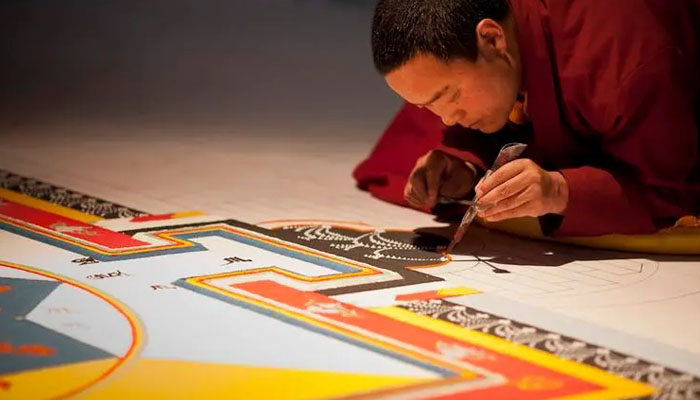 Tibetan Sand Mandalas are intricate yet temporary works of art created by Buddhist monks.
Tibetan Sand Mandalas are intricate yet temporary works of art created by Buddhist monks.Characterized by their geometric precision and intricate patterns, each element within a mandala, from the central deity to the surrounding motifs, carries deep symbolism. The colors used in sand mandalas hold symbolic significance. For example, white symbolizes purity and peace, while blue represents wisdom and compassion. Once completed, the mandalas are not meant to last.
In a poignant ceremony, the monks systematically dismantle the mandala, brushing the sand together in a specific order. The collected sand is often then ceremonially poured into a river or body of water to symbolize the return of the elements to nature.
Tibetan Opera - A Theatrical Play with Singing and Masked Dancing
Tibetan opera is more than just a source of entertainment. Combining elements of theater, singing, dancing, and storytelling, it embodies a rich cultural heritage and has been a means of preserving and conveying culture and spirituality for centuries. The striking masks are a prominent part of distinctive costumes that represent historical and mythological figures such as kings, queens, gods, and demons.
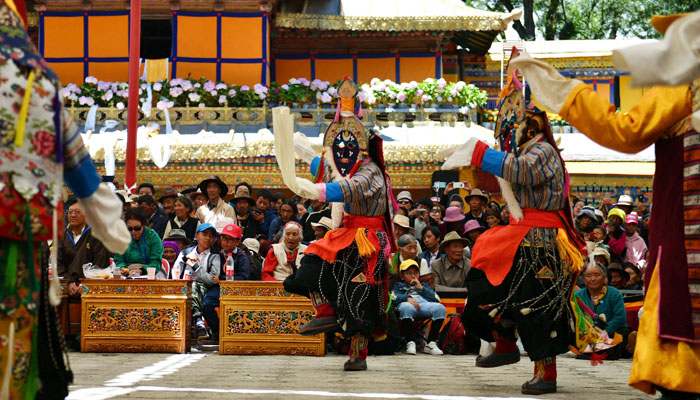 Tibetan opera dance in the festival ceremony
Tibetan opera dance in the festival ceremonyAs an art form, it has its origins in the 14th century and has evolved, absorbing influences from Tibetan Buddhist rituals, folklore, and classical literature. Themes typically include heroic tales from Tibetan history, stories from Buddhist scriptures, legends of Tibetan saints and sages, and allegorical narratives depicting the triumph of good over evil.
Tibetan opera is performed in various venues, particularly during traditional Tibetan festivals and special occasions. Performances can be seen in monastery courtyards, public squares, community halls, and tourist and cultural centers.
Tibetan Architecture - Sacred Structures with Unique Design
Architecture in Tibet has developed a distinctive style under the influence of the cultural, religious, and environmental factors of the Tibetan plateau. Many buildings, monasteries in particular, have a flat roof design that can accommodate a variety of functions, from drying crops and goods to providing open spaces for ceremonies and meditation.
The common whitewashed exteriors symbolize purity and spiritual illumination while having the practical benefits of reflecting the harsh sunlight and reducing heat absorption. Monasteries and homes are typically organized around a central courtyard used for communal gatherings, and ceremonies. Monasteries and religious buildings also often incorporate stupas or chortens into their architecture that are decorated with religious iconography and serve as focal points for prayer and meditation.
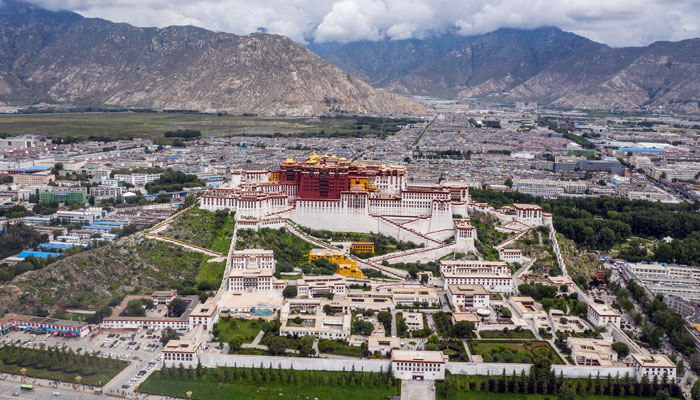 Potala Palace is the iconic Tibetan building.
Potala Palace is the iconic Tibetan building.Mandala symbolism is used in planning the layout of some buildings, with the overall design representing the universe and its spiritual dimensions. Prayer wheels and mani stones are common features of Tibetan architectural design. Prayer wheels are often placed along the outer walls of buildings to be spun by passersby, and Mani stones that are inscribed with prayers and mantras are arranged in rows for people to circumambulate.
Potala Palace, in Lhasa, is the iconic Tibetan building. The towering structure with its intricate artwork is a symbol not just of architecture but of Tibet itself. Other buildings, such as Jokhang Temple, also in Lhasa, show the blend of Indian, Nepalese, and Tibetan influences that have shaped much of the culture of the region. Tashilhunpo Monastery in Shigatse, one of Tibet's largest, is known for its impressive architecture, including the magnificent golden roof of the Maitreya Temple. Unique regional styles can be seen in places like the Sakya Monastery which stands out with its gray and white color scheme and fortress-like appearance.
Tibetan Butter Sculpture - Tibetan Art in Yak Butter
Tibetan butter sculptures are named for what they actually are, art made from yak butter. Yaks are an essential part of Tibetan pastoral life, and butter made from their milk is an easily workable material to make intricately carved sculptures.
Artists use wooden sticks, knives, and small metal molds to shape the butter and add natural pigments made from crushed minerals and plants for coloring. After the sculpture is complete, artisans may add final touches and embellishments, such as gold leaf, to enhance its visual appeal.
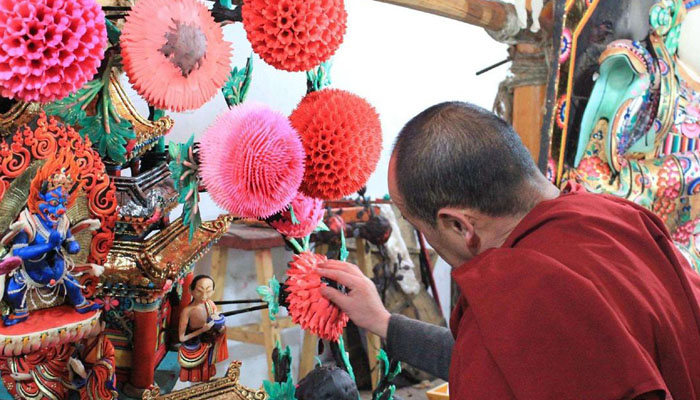 Tibetan butter sculptures shown in Tibetan festivals
Tibetan butter sculptures shown in Tibetan festivalsButter sculptures are commonly used as offerings to deities, Buddhas, and enlightened beings in Tibetan Buddhism. They are also prominently featured in various Tibetan festivals and religious rituals, including Losar, the Tibetan New Year, and Monlam Chenmo, the Great Prayer Festival.
During these events, large and elaborate butter sculptures are created to honor and celebrate the occasion. Yak butter is often used to create mandalas which are constructed during specific rituals and then ritually dismantled, symbolizing the impermanence of all things.
Recommended Places to Appreciate Tibetan Art in Tibet
Art in Tibet is visible everywhere but some places serve as prominent gateways into local artistic traditions. The first of them is the Potala Palace in Lhasa. In addition to being an architectural wonder, it is a treasure trove of Tibetan art. Housed inside is an extensive collection of thangka paintings, intricate murals, sculptures, and religious artifacts. Visitors can explore the various chambers and chapels, each adorned with stunning artistry and historical significance.
The Tibet Museum in Lhasa is another excellent place to gain a comprehensive understanding of Tibetan art, history, and culture. It features a diverse range of exhibits, including thangka paintings, traditional Tibetan costumes, religious artifacts, and archaeological findings. The museum's informative displays offer valuable insights into the artistic and cultural heritage of Tibet, making it a must-visit destination for art enthusiasts and history buffs alike.
Conclusion
Art in Tibet is the spiritual and cultural essence of the region made physical. The buildings, the paintings, and the sculptures are all important parts of the spiritual life that is at the heart of Tibetan culture. Understanding the treasured Tibetan art in various forms will help you reach a deeper understanding of the unique land during your visit to Tibet.
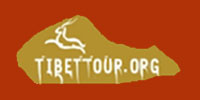



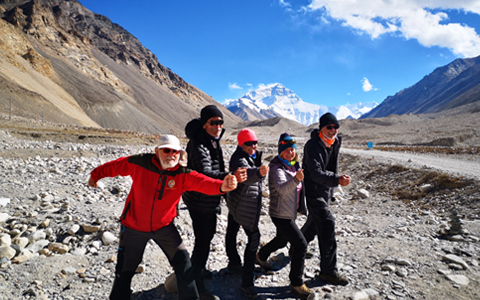
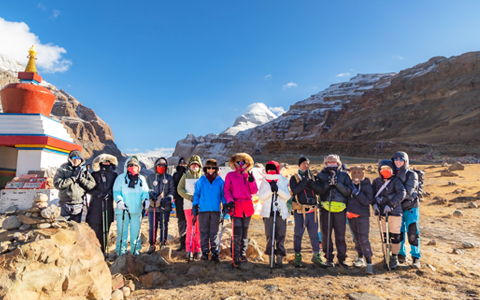

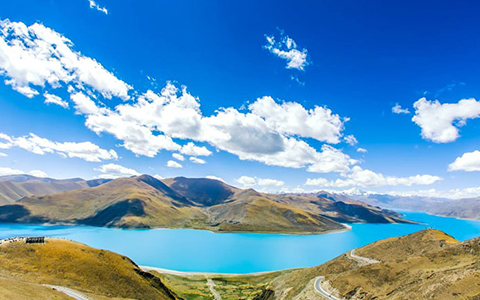
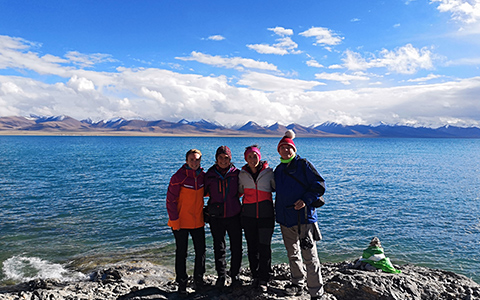

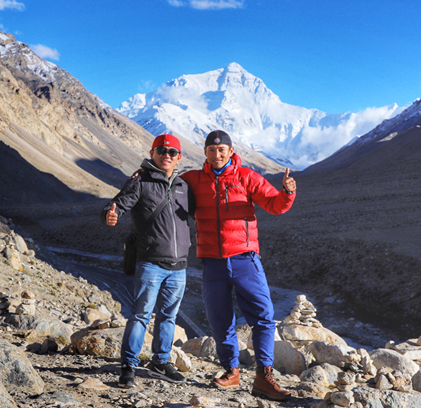
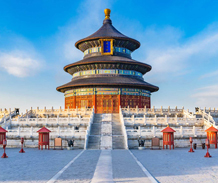

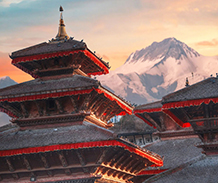
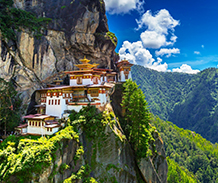



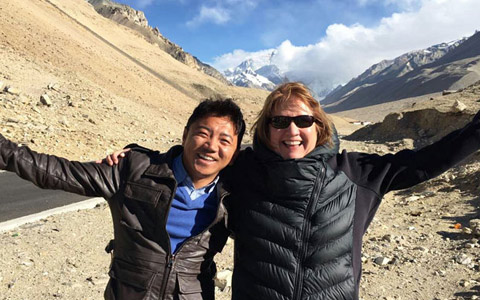
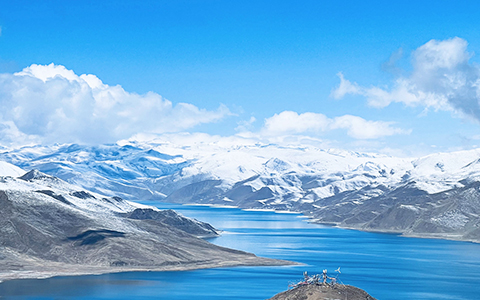
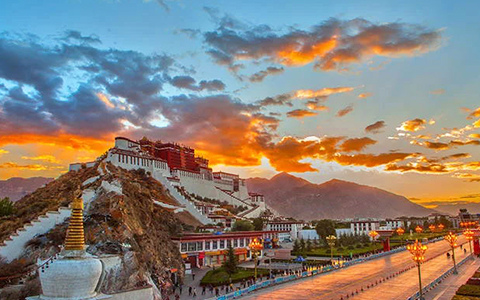
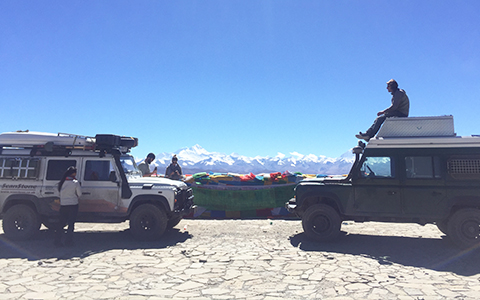




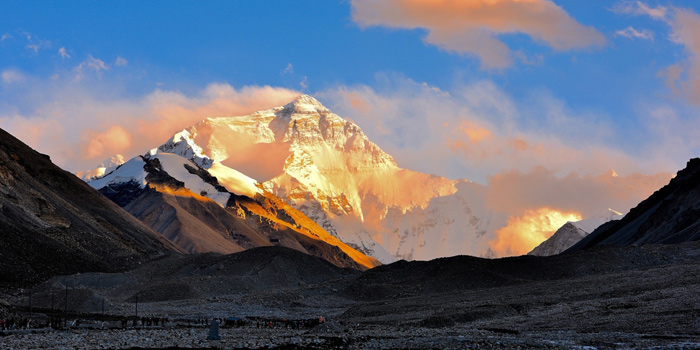
 Thangka painting is a unique painting art from in Tibet.
Thangka painting is a unique painting art from in Tibet. The unveiling of Thangka during the Saga Dawa Festival
The unveiling of Thangka during the Saga Dawa Festival Tibetan stone carving is an important way of preserving local cultural and religious heritage.
Tibetan stone carving is an important way of preserving local cultural and religious heritage.
 Photo with Tibetan murals in Jokhang Temple
Photo with Tibetan murals in Jokhang Temple Tibetan Sand Mandalas are intricate yet temporary works of art created by Buddhist monks.
Tibetan Sand Mandalas are intricate yet temporary works of art created by Buddhist monks. Tibetan opera dance in the festival ceremony
Tibetan opera dance in the festival ceremony Potala Palace is the iconic Tibetan building.
Potala Palace is the iconic Tibetan building.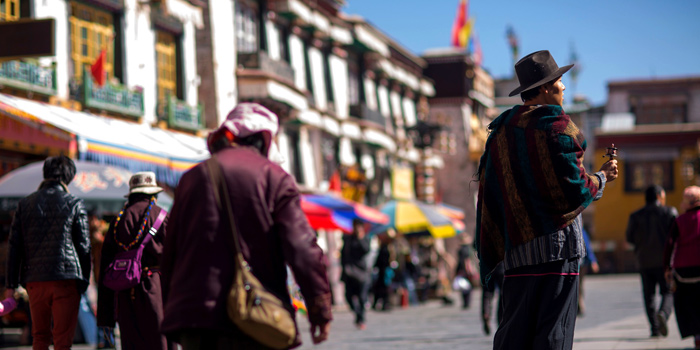
 Tibetan butter sculptures shown in Tibetan festivals
Tibetan butter sculptures shown in Tibetan festivals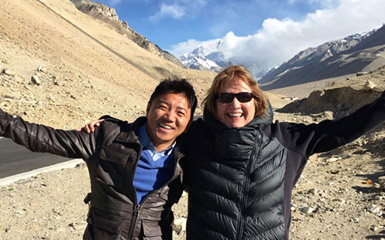
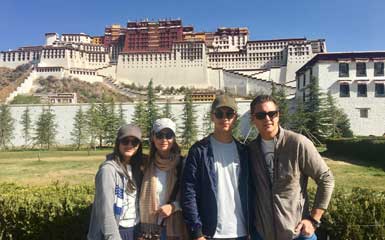

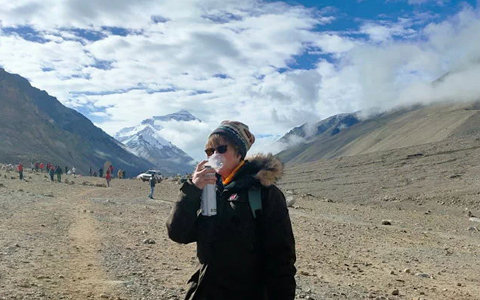
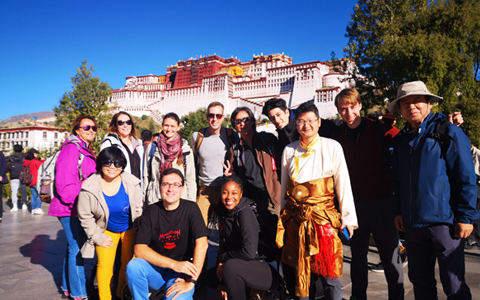
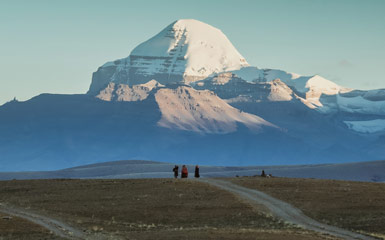

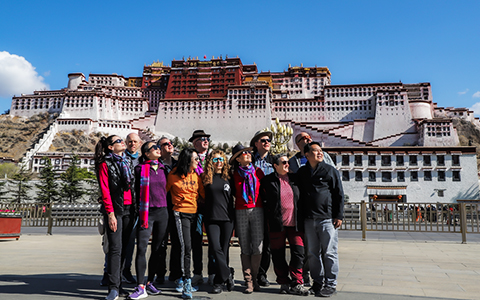
Ask a Quick Question